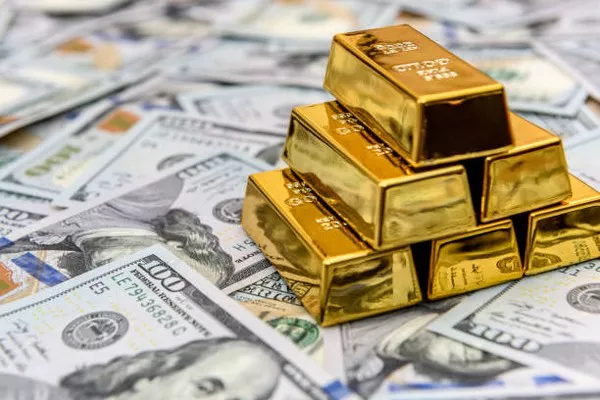Gold and silver have held a timeless allure, captivating civilizations for centuries with their lustrous beauty and intrinsic value. As precious metals continue to be sought after for their investment potential and ornamental use, the term “925” has become increasingly prominent in the world of jewelry and bullion. In this article, we delve into the significance of 925 gold and silver, unraveling the mysteries behind these precious alloys.
Understanding 925 Silver
When it comes to silver, the term “925” refers to sterling silver, one of the most popular and widely used silver alloys. Sterling silver is composed of 92.5% pure silver and 7.5% other metals, usually copper. This combination enhances the metal’s durability and hardness while maintaining its brilliant sheen. The 925 stamp on silver jewelry or bullion is an assurance of quality and authenticity.
The addition of copper to silver has practical implications. Pure silver is inherently soft and malleable, making it susceptible to scratches and deformation. By alloying it with copper, jewelers create a more robust material that withstands the rigors of everyday wear. This not only preserves the aesthetic appeal of silver but also prolongs the lifespan of the piece.
925 silver is recognized globally as a standard for high-quality silver jewelry and bullion. Consumers can trust that a piece stamped with 925 meets stringent quality standards, making it a preferred choice for those seeking both elegance and durability.
925 Gold: The Unconventional Elegance
While 925 silver is a well-established standard, the concept of 925 gold is less conventional but equally intriguing. The term typically refers to gold vermeil, a process that involves coating a base of sterling silver with a thick layer of gold. In this case, the gold layer accounts for 92.5% of the overall composition.
Gold vermeil offers an affordable alternative to solid gold jewelry, providing a luxurious appearance without the hefty price tag. The 925 gold designation, therefore, signifies a blend of sterling silver and a substantial gold coating, combining the best of both worlds.
It is crucial to note that 925 gold is not equivalent to 22-karat or 24-karat gold, which represents the purity of gold in karats. Instead, 925 gold emphasizes the quality and thickness of the gold layer atop the sterling silver base.
Determining Authenticity
The rise in popularity of 925 silver and gold has inevitably led to a surge in counterfeit products. Discerning the authenticity of these alloys requires a keen eye and some knowledge of hallmarking.
For silver, the 925 stamp is a clear indicator of authenticity. However, it is essential to ensure that the stamp is accompanied by other relevant marks, such as the manufacturer’s hallmark and the country of origin. These additional marks serve as further assurances of the silver’s quality and origin.
In the case of gold vermeil, a genuine 925 gold piece should exhibit a clearly defined layer of gold with no visible signs of wear or peeling. Quality manufacturers adhere to strict standards in applying the gold layer, ensuring a durable and long-lasting finish.
See Also: White Gold vs. Silver – Which one is better?
Investment Considerations
While 925 silver and gold may be favored for their aesthetic appeal, they also present interesting investment opportunities. Silver, with its industrial applications and affordability, is often seen as a hedge against economic uncertainty. The 925 stamp on silver bullion indicates a commitment to quality, assuring investors that they are acquiring a reliable and marketable asset.
Gold, on the other hand, has long been revered as a store of value. While 925 gold may not match the purity of higher karat gold, it provides an attractive compromise for those seeking a balance between opulence and budget considerations. Investors should be mindful of the gold’s thickness and the underlying sterling silver base when evaluating the potential for long-term value retention.
Conclusion
In the realm of precious metals, 925 gold and silver occupy a unique space, combining elegance with durability. Whether adorning oneself with a piece of meticulously crafted jewelry or considering an investment in bullion, understanding the significance of the 925 stamp is paramount.
As consumer interest in these alloys continues to grow, education becomes a powerful tool in navigating the market. By grasping the intricacies of 925 gold and silver, individuals can make informed choices that align with their preferences, budget, and investment goals. Whether worn as a symbol of personal style or stored as a tangible asset, 925 gold and silver hold enduring appeal in the ever-evolving landscape of precious metals.


